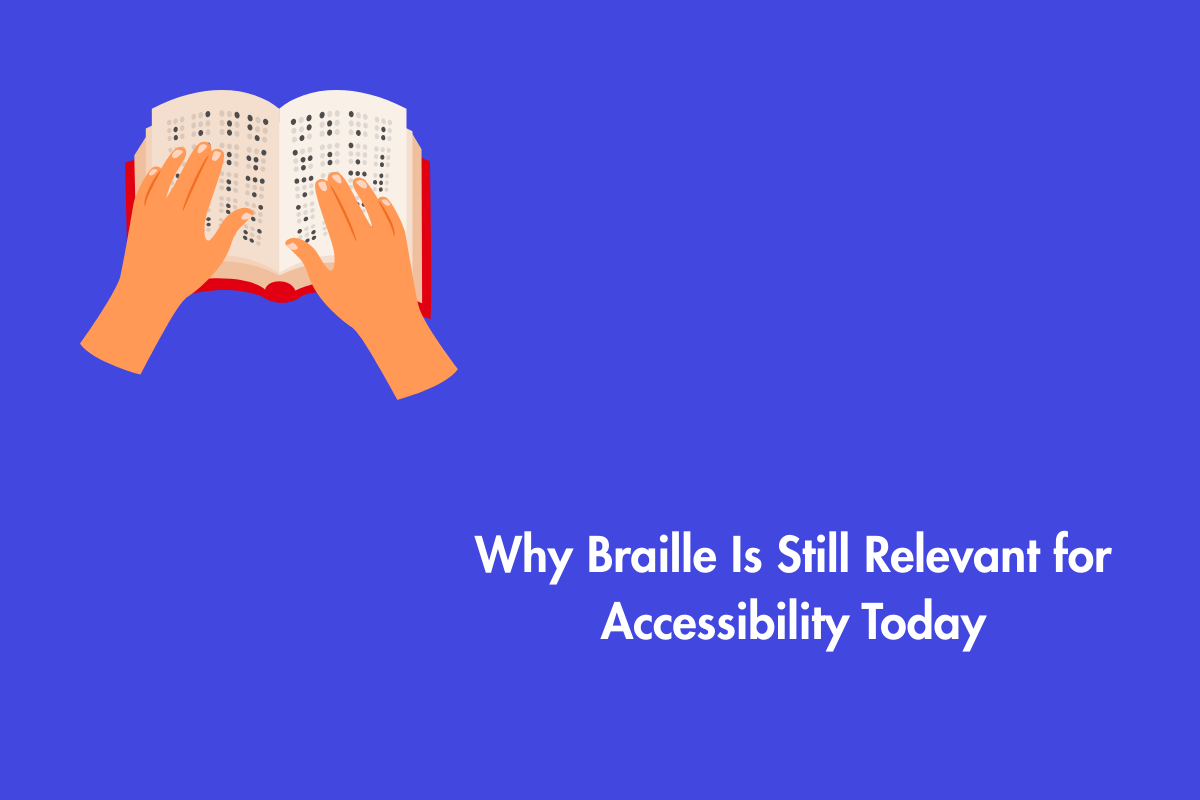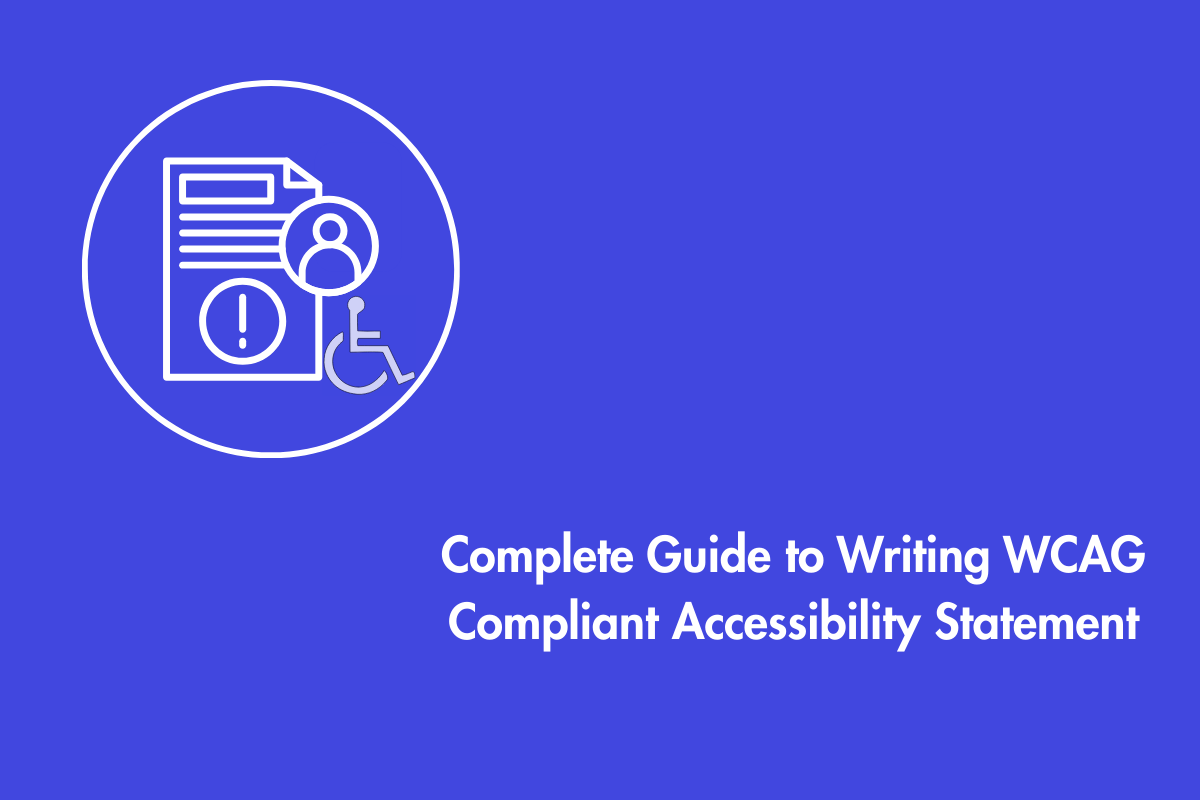Canada, known for its commitment to fairness and progressive ideals, can take pride in the 2019 Accessible Canada Act (ACA). This historic law aims to remove obstacles from Canada by 2040. ACA affirms that everyone, regardless of ability, should have the opportunity to actively engage in society.
Introduced in 2018 and passed into law on July 11, 2019, the act aims to create a barrier-free Canada by addressing accessibility in areas like information and communication technologies. Applicable to federally regulated organizations, the Act requires them to consult people with disabilities, develop and publish accessibility plans, establish feedback mechanisms, and release progress reports on their efforts to remove and prevent barriers.
We will examine how the ACA is enhancing inclusion in Canada across key areas such as employment, built environments, information technology, and transportation.
Table of Contents
Factors Critical to the Accessible Canada Act (ACA)
The ACA has many important parts that work together to achieve its goals. These elements include the ones listed below:
Disability Meaning:
The definition of disability broadly focuses on physical, mental, intellectual, and learning-related issues as well as impairments related to speech and the senses. This interpretation assumes that the Act encompasses different kinds of disabilities, catering to the varied needs of Canadians.
Standards for Accessibility:
Mandates developing standards in different areas to improve accessibility. These rules aim to remove obstacles and encourage accessibility. The Canadian Organization of Development of Accessibility Standards (CASDO) has the responsibility of creating and maintaining regulations with the cooperation of people with disabilities, professionals from industries, among other relevant individuals.
Rules and Supervision:
Establishes a strong structure for conducting accessibility audits and ensuring that organizations comply with established standards. An independent Accessibility Commissioner, appointed by the Governor in Council, is responsible for overseeing adherence to these rules and ensuring enforcement. The Commissioner has the authority to carry out inspections, investigate reported issues, issue orders as needed, and impose penalties on individuals or organizations that fail to comply.
Plans and Progress Updates on Accessibility:
Groups governed by federal laws are required to develop and publish accessibility plans outlining how they will identify, eliminate, and prevent barriers. They must also provide updates on their progress in accessibility. The development of these plans and their updates must include consultation with persons with disabilities.
Feedback Mechanisms:
Makes it mandatory to set up feedback systems for persons with disabilities to inform them about barriers and provide suggestions on accessibility issues. Organizations must implement these systems in a way that ensures they are easy to use and readily accessible.
Funds for Accessibility:
Provides funding to support accessibility initiatives and projects. The Enabling Accessibility Fund (EAF) provides financial aid to organizations for their projects that enhance workplace and community accessibility.
ACA’s Objectives (Accessible Canada Act)
The primary goal of the Accessible Canada Act (ACA) is to achieve a fully accessible Canada by 2040. The legislation aims to enhance accessibility for all Canadians, including those with disabilities, across seven key areas: Employment, the Built Environment, Information and Communication Technologies (ICT), Communication, Program Design, Procurement, and Transportation.
Impact on Employment
ACA primarily focuses on employment, aiming to create more inclusive workplaces by addressing the barriers that individuals with disabilities face in the workforce. It includes several key provisions:
Recruitment and Hiring Practices:
Organizations should adopt recruitment and hiring practices that are inclusive. This will ensure people with disabilities have equal opportunities to apply for jobs and succeed in the workplace.
Adjustments in the workplace:
Employers must provide suitable changes for workers with disabilities. This means employers must provide reasonable accommodations in the workplace, such as assistive technologies and flexible work arrangements..
Education and knowledge:
The ACA highlights the significance of knowledge and the promotion of awareness of accessibility. Employers are responsible for providing training for their workforce in order to cultivate an inclusive, respectful work environment.
Impact on Built Environments
The constructed environment is another important sector that the ACA focuses on. The law strives to ensure that all structures and public areas are accessible. Important actions involve:
Building Codes and Standards:
Requires the development and execution of accessibility standards for constructed spaces. These rules include different facets of building design, such as entrances, exits, routes, bathrooms as well as emergency exit plans.
Retrofits and Upgrades:
Encourages organizations to make changes in existing buildings to conform to accessibility standards. The EAF provides funding to support these projects.
Universal Design Principles:
Supports the use of universal design principles, concentrating on creating an environment suitable for individuals of all ages and abilities. This assists people with disabilities as well as the wider community.
Impact on Information and Communication Technologies (ICT)
The ACA understands that information and communication technologies (ICT) is important to ensure accessibility. The Act has measures for making digital content and services more accessible. Important actions consist:
Organizations must ensure that their websites and digital information can be accessed by individuals with disabilities. This encompasses adhering to standards for accessibility like the Web Content Accessibility Guidelines (WCAG).
Assistive Technologies: Helps in the creation and use of assistive technologies that improve digital accessibility. These tools include screen-reading programs, voice recognition computer applications, and different types of input machines.
Able to Communicate: Organizations must ensure that accessible communication methods are available for individuals with disabilities. This involves providing different forms such as braille, large print, and audio descriptions.
Impact on Procurement
The ACA includes provisions to ensure that goods and services procured by federally regulated entities are accessible. Important actions are:
Organizations must comply with procurement policies that give priority to accessibility. They must consider criteria of accessibility while buying goods and services.
Supplier Requirements:
Suppliers must comply with accessibility standards when they provide goods and services to organizations governed by federal regulations. This guarantees that purchased products and services can be accessed by persons with disabilities.
Education and Resources:
Underlines the key significance of providing education to procurement officers about accessibility needs and granting resources that support accessible procurement practices.
Impact on Service Delivery
The ACA’s goal is to guarantee the accessibility of services offered by organizations under federal supervision for all people. Important steps consist:
Customer Service Easy to Access:
Groups need to provide access service for customers with disabilities. This means they should provide assistance as required, offer different ways of communication and make sure that their locations are physically accessible for services.
Plans for Service Accessibility:
Organizations need to develop and implement plans to ensure their services are accessible. These will include various ways to make their services more accessible. It’s important that these plans are developed by consulting individuals with disabilities.
Comments and Progress:
Organizations must set up ways for customers with disabilities to provide feedback. It is necessary that organizations use this information in order to ensure their services remain accessible as per the existing standards.
Impact on Transportation
Transportation is a key focus of the ACA as it plays a vital role in supporting the independence and mobility of individuals with disabilities. Important steps include:
Standards for Transport Access:
Requires the creation and execution of accessibility standards for different types of transport, such as air, rail, marine, and bus services across provinces. These rules include boarding, seat arrangements, restroom facilities, and means of communication.
Infrastructure of Transportation:
It is suggested that groups should invest in the improvements for infrastructure for accessibility. This involves improving transit stations, terminals, and vehicles to align with established accessibility standards..
Travel Help:
Highlights the significance of travel assistance to individuals with disabilities. This involves providing services like boarding assistance, aid in handling luggage, and guidance from transportation facilities.
Provincial regulations
Several Canadian provinces have enacted their own accessibility laws to address barriers and promote inclusion.
Ontario’s AODA (2005) mandates compliance with WCAG 2.0 Level AA by 2025. Manitoba’s AMA (2013) sets five accessibility standards, including one requiring WCAG 2.1 Level AA. Nova Scotia’s 2017 Act is developing standards, with a focus on information and communications starting in 2024. British Columbia’s 2021 Act requires accessibility plans and committees, with fines for non-compliance, though technical standards are pending. Newfoundland and Labrador’s 2021 Act mandates public accessibility plans. Provinces are expected to continue refining laws, often aligning with international WCAG standards.
Conclusion
The Accessible Canada Act (ACA), passed in 2019, aims to create an inclusive society by 2040. It focuses on areas like Employment, Physical Environment, ICT, Communication, Program Design, Procurement, and Transportation. Key points include:
- A comprehensive definition of disability to support diverse needs.
- Strong accessibility standards were developed by the Canadian Organization of Development of Accessibility Standards (CASDO).
- Rigorous compliance and enforcement by an independent Accessibility Commissioner.
- Mandatory Accessibility Plans for federally regulated organizations.
- Effective feedback mechanisms for individuals with disabilities.
- Financial support through the Enabling Accessibility Fund (EAF).
- Promotes inclusive hiring practices, workplace accommodations, and comprehensive training.
Reach out to us today to understand ACA and how your company can ensure compliance.



